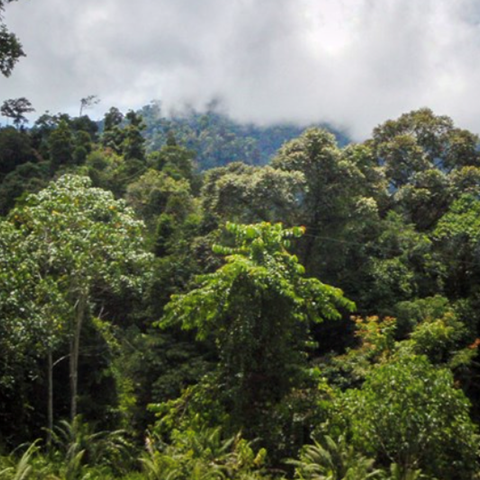Contact
Department of Forest Ecology and Management, Department of Forest Ecology and Management, joint staff
Faculty of Forest Sciences

In north-eastern Borneo, one of the world's largest rainforest replanting projects is underway with the aim of restoring the entire ecosystem. Researchers from SLU are working there to create the knowledge necessary for a sustainable future.
18,500 hectares of rainforest are recovering in north-eastern Borneo. The area was ravaged in the 1980s and 1990s by fires and logging. The future seemed clear: planting oil palms.
But local people, scientists and funders wanted otherwise.
Together they created what is now one of the world's largest rainforest reforestation projects, with the aim of bringing back the entire ecosystem.
The project saw the light of day in 1998. Over 20 years, the entire area has been planted with more than 80 local tree species.

Petter Axelsson, researcher at SLU.
Now the forest is alive again. The crowns of the magnificent dipterocarp trees stretch more than 40 metres into the air. The insects, elephants and bearded pigs have made themselves at home. This unique place allows scientists to create the knowledge necessary for a sustainable future.
Which tree species can best cope with climate change? In which type of forest is biodiversity highest? What works best - planting or letting nature take care of itself? How much carbon is sequestered in trees and soil? How can forests be managed sustainably for both the environment and people?
The questions are many, but the researchers have also found a lot of answers, They have been back in Borneo and in September they posted from their field work on the "SLU Natur" Instagram account . You can read (in Swedish) about some of the experiments going on, meet the people working on the ground in the rainforest, and see how the master's students began their field experiments.
Text: Susanna Bergström